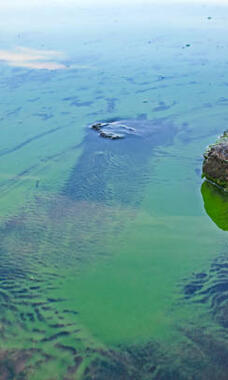Outdoor air can contain pollutants. Air pollution has been linked to specific health problems—such as asthma, heart disease, and lung cancer.
Arsenic is a natural element found in some rocks and soils in Vermont and may get into groundwater.
Asthma is a chronic disease in which the lungs become inflamed and airways narrow and react to triggers. These triggers can be found in both indoor and outdoor environments.
Most birth defects are thought to be caused by a complex mix of factors, including a person’s genes, behaviors, and things in the environment.
Cancer is a leading cause of death in Vermont. Each year more than 3,600 Vermonters are diagnosed with some form of cancer.
Cancer in Vermont The Division of Health Statistics and Informatics conducts surveillance of cancer among Vermonters and creates data products to assist in making data-driven decisions for cancer prevention and control. Cancer is a group of more than 100 diseases...
Carbon monoxide is a poison, even at low levels. Breathing high levels of CO can cause severe illness or death in a matter of minutes.
Lead is a highly toxic metal that has been commonly used in many household, industrial and automobile products. Lead poisoning is a serious but preventable health problem.
Chronic Obstructive Pulmonary Disease, or COPD, refers to a group of diseases that cause airflow blockage and breathing-related problems, including emphysema and chronic bronchitis.
Changes in the climate can affect human health, including: effects from extreme heat, extreme weather events, tickborne and-mosquito-borne diseases, cyanobacteria (blue-green algae) blooms, and air quality.

